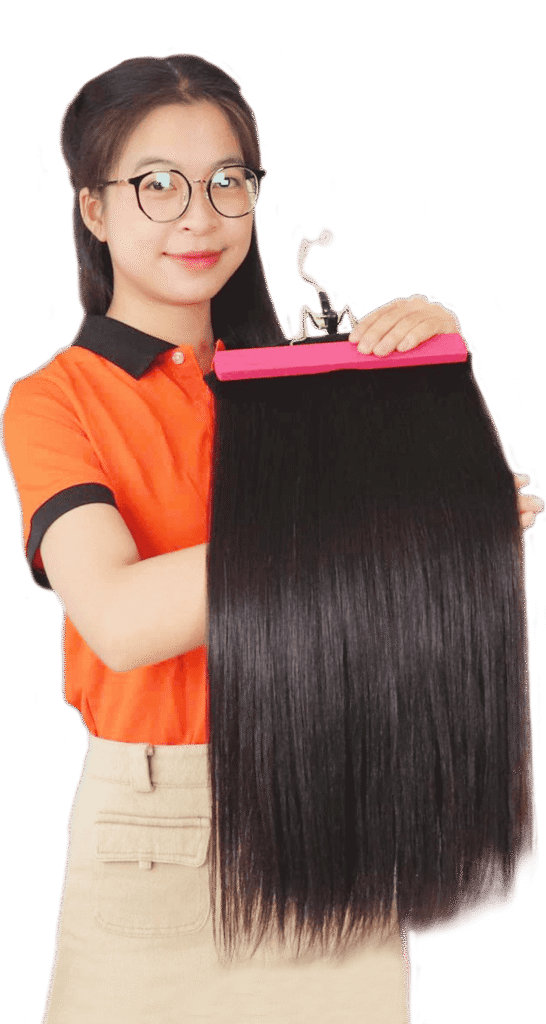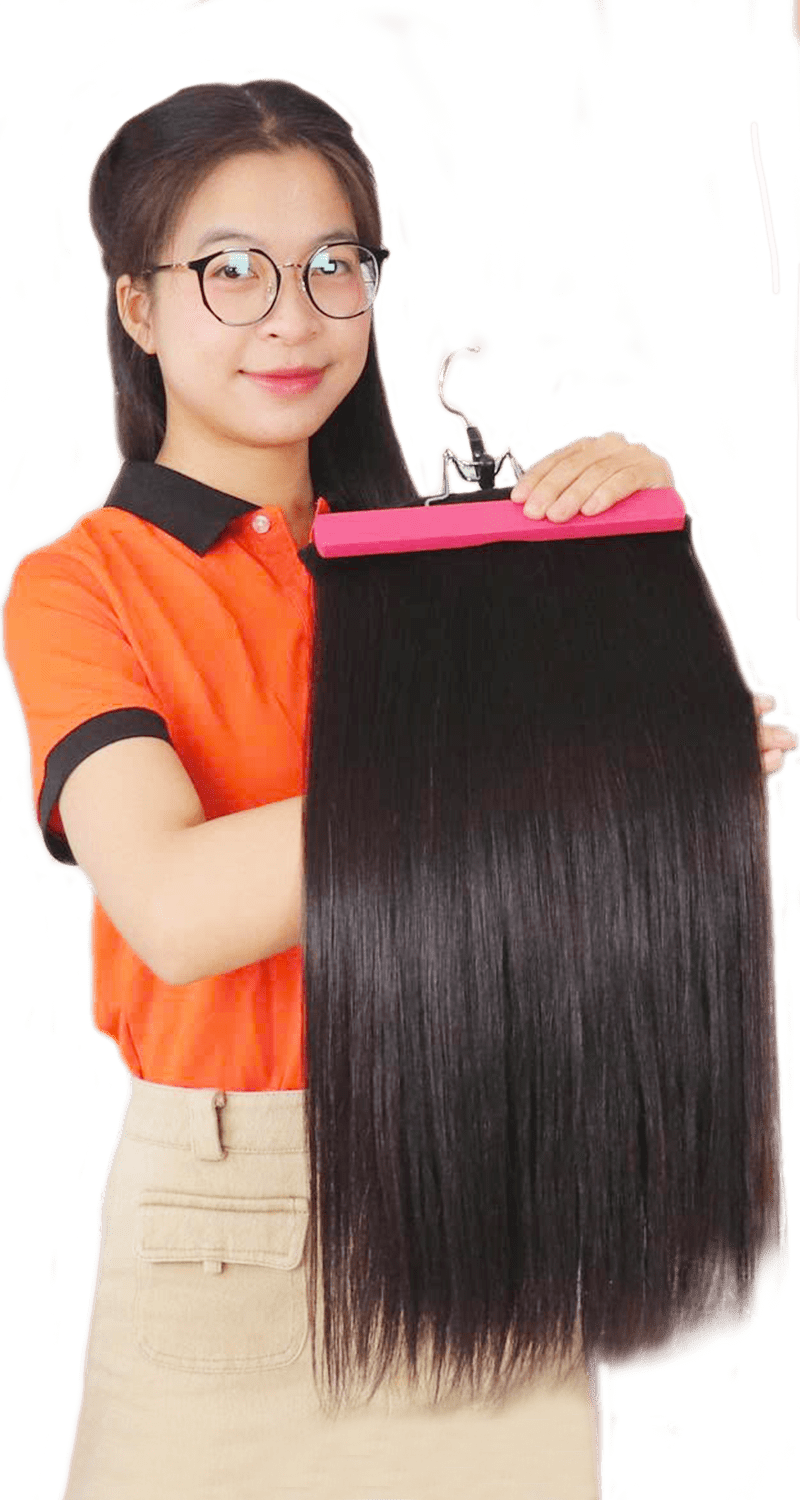When it comes to hair, we often think about its color, texture, and length. But what about porosity? Understanding the porosity of your hair is like holding the key to a secret garden – a garden where the health, moisture, and vitality of your locks thrive. In this blog, we’re delving deep into the world of low-porosity hair. Whether you’re a proud owner of low-porosity hair or simply curious to learn more, you’re in the right place. We’re here to unlock everything you need to know about low-porosity hair.
I. What is Low Porosity Hair?
Low porosity hair is a term used to describe a specific hair type characterized by its ability to resist the absorption of moisture and products. The porosity of hair refers to its ability to absorb and retain moisture, oils, and other substances. Hair porosity is primarily determined by the structure and condition of the hair cuticle, which is the outermost layer of each hair strand.
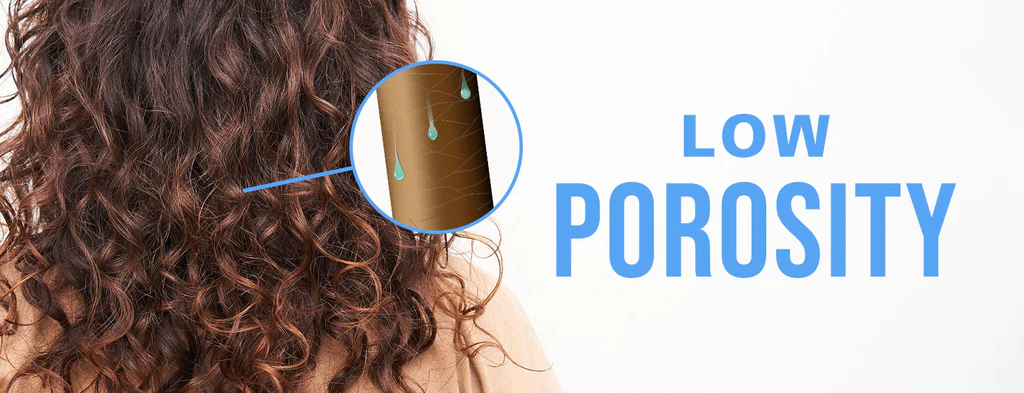
This hair has a difficult time absorbing moisture, due to a tight, flat hair cuticle which makes it difficult for moisture and other substances to penetrate the hair shaft. Just like a shingled roof simply slides off the water without absorbing through the roof, low-porosity hair behaves similarly. The cuticle layer is bound tightly like roof shingles, and when water hits, it finds it challenging to penetrate through the cuticle.
II. What Are The Characteristics of Low Porosity Hair?
Low porosity hair possesses distinct characteristics that set it apart from other hair types. These characteristics are a result of the hair’s tightly packed cuticle layer, which hinders the absorption of moisture and products. Here are the key characteristics:
1. Resistant to Moisture Absorption and Chemical Treatments
One of the most defining characteristics is its difficulty in absorbing moisture. The tightly sealed cuticle layer acts as a barrier, making it challenging for water and hair products to penetrate. Besides, this hair can be also resistant to chemical treatments like hair dye, perms, and relaxers. The tightly sealed cuticle makes it difficult for these chemicals to penetrate, which can result in uneven color or less effective treatments.
2. Little or No Elasticity & Slow Drying Time

If you were washing your hair, you would expect elasticity and bounce. Unfortunately, if you have low porosity hair it may break easily if you stretch it, due to its low elasticity. Besides, due to the outermost layer being tightly bound, it can take a long time for your hair to get fully wet. Similarly, once washed, you may find that you wait hours for your hair to fully dry without the help of a blow dryer.
3. Product Buildup
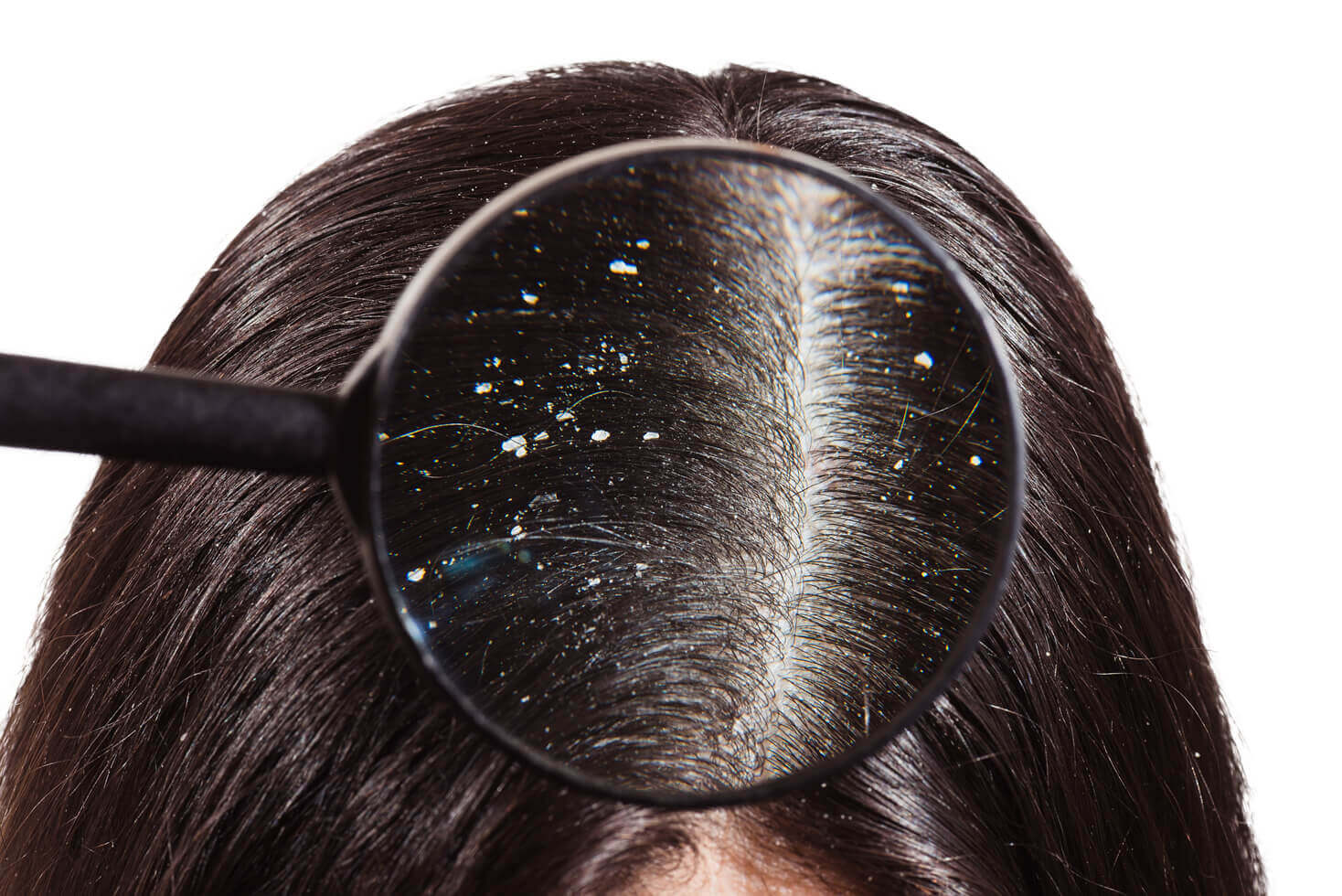
Hair products, such as leave-in conditioners and styling products, tend to sit on the surface of the hair rather than being absorbed. Over time, this can lead to product buildup, making the hair appear dull and weighed down. Say you apply a hair oil to your ends – you may find that your ends feel or look oily, and may even feel the oil on your fingers after a few hours.
4. Frizz in Humid Conditions:

In humid weather, low-porosity hair is prone to frizz because it struggles to absorb the excess moisture in the air. Moisture is the key to healthy hair. And when your hair can’t absorb moisture easily, this leads to dry, tangle-prone hair. The cuticle’s resistance to moisture can exacerbate this issue.
5. Shine and Smoothness
But it’s not all bad! this hair often has a naturally glossy and smooth appearance when well-maintained, as the tightly sealed cuticle can help retain the hair’s natural oils.
→ Understanding these characteristics is essential for developing a hair care routine that caters to the unique needs of the hair.
III. How Do I Know If I Have Low Porosity Hair?
There are a few ways to test your hair to determine its porosity level.
1. The Hair Strand Float Test
This is the fastest and most popular way to figure out your hair porosity. Make sure you have clean hair before doing this test, or else product buildup on the hair strand may give you incorrect results.
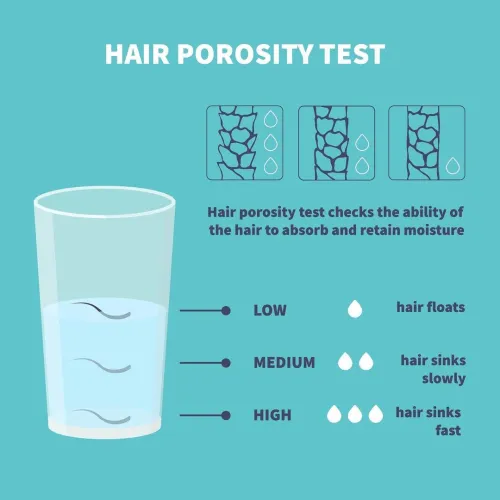
Fill a bowl with cold water, then take a strand of hair, drop it in the bowl, and watch how the hair reacts. If it sinks to the bottom quickly, that means you have high porosity hair. If it sinks somewhere to the middle, that means you have medium porosity hair. If it remains floating, it means you have low-porosity hair.
Note, that once the water warms up, all hair types will eventually sink to the bottom as the hair cuticles eventually open up and let moisture in, so it’s important to keep an eye on how the hair behaves as soon as you drop it in.
2. Test With Spray Bottles
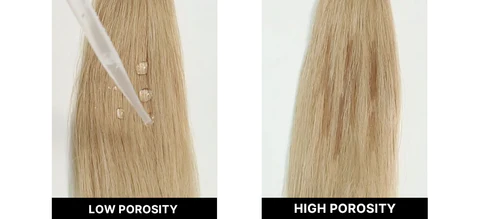
Take a spray bottle and spritz some water over dry hair. If the water beads up on top of the hair strands, it means it’s not being absorbed properly and your hair has low porosity. If it sinks in, you have highly porous or normal porosity hair.
IV. How To Take Care Low Porosity Hair?
Although allowing moisture in is difficult for low porosity it just takes the right hair care routine and products for your hair type. Once you’ve learned how to properly lock in moisture, your curls will be healthier, shinier, and bouncier.
1. Use Shampoo For Low Porosity Hair
Special attention should be given to product selection, moisture retention, and heat application to ensure that the hair remains healthy, hydrated, and manageable.
- If you rarely clarify your hair, you can’t even begin to notice how much product accumulates on the hair strands and scalp, making it even more difficult to absorb the precious moisture that your hair needs. You should use a clarifying shampoo regularly to minimize product buildup and keep a healthy scalp.
- You should wash your hair with a sulfate-free shampoo. Sulfates can cause the hair to dry up even further, leading to dryness, tangling, and even hair loss. Opt for alcohol and sulfate-free shampoos and conditioners with natural ingredients to prevent further dryness.
Read Now: 5 Best Shampoos For Low Porosity Hair
2. Deep Conditioner Low Porosity Hair With Heat
In general, deep conditioners boast remarkable penetration capabilities, proving most effective when applied after shampooing and conditioning. To enhance your hair’s moisture absorption, begin by washing it with warm water. Subsequently, apply the deep conditioner and cover your hair with a shower cap, leaving it on for approximately 15-20 minutes. Alternatively, you can utilize a heat cap to trap heat. Heat has the ability to gently lift the hair cuticles, facilitating a more effortless passage for moisture to permeate your locks.
3. Moisturise Your Hair Mid-Week
Mid-week moisturization plays a significant role in the hair’s elasticity for soft, healthy hair. Otherwise, your hair may start to feel dry and fragile. Try a coconut milk leave-in conditioner or rose water hair spritz during the week, or add some aloe vera to spray bottles with filtered water. If your hair is especially dry and tangled, be sure to finger detangle, and use a wide-tooth comb from the bottom up to slowly and carefully work through knots.
4. Use Protective Styles
Protective hairstyles like twist-outs and braids are a great option for moisture retention if you’re all-natural. These help trap moisture in while you air dry. As a bonus, you’ll have beautifully defined curls when you undo the styles.
5. Avoid Proteins
Although proteins are great for high-porosity hair, they’re not the best for low-porosity hair. This hair is protein-sensitive, and it can cause the hair to toughen and harden, making it more repellent to moisture, and more brittle and dull.
V. Conclusion
In conclusion, understanding low porosity hair is essential for anyone looking to achieve healthy, manageable locks. This hair may come with its unique challenges, but armed with the right knowledge and care routine, you can transform your hair into its best version.


 BEST SELLING PRODUCTS
BEST SELLING PRODUCTS Wig Hair
Wig Hair WHOLESALE
WHOLESALE Contact us
Contact us Sale Events
Sale Events